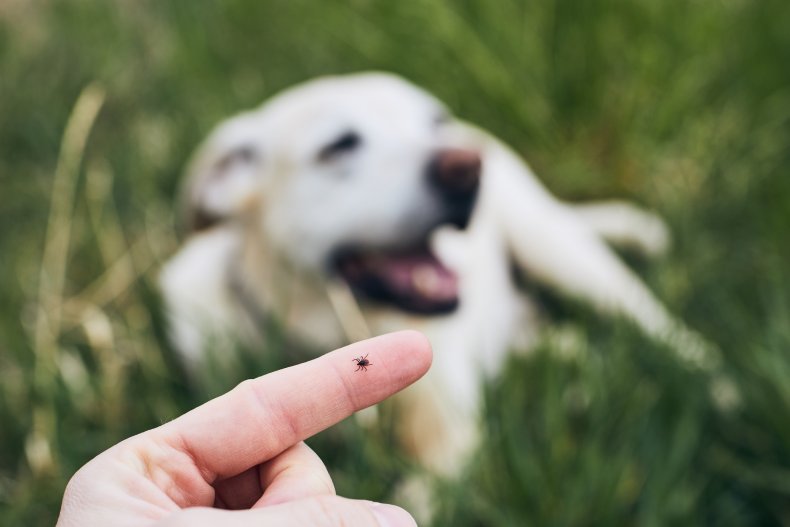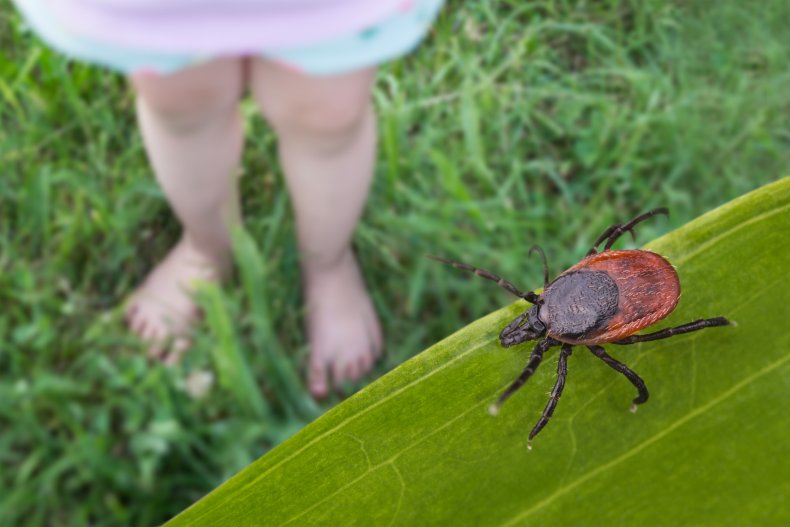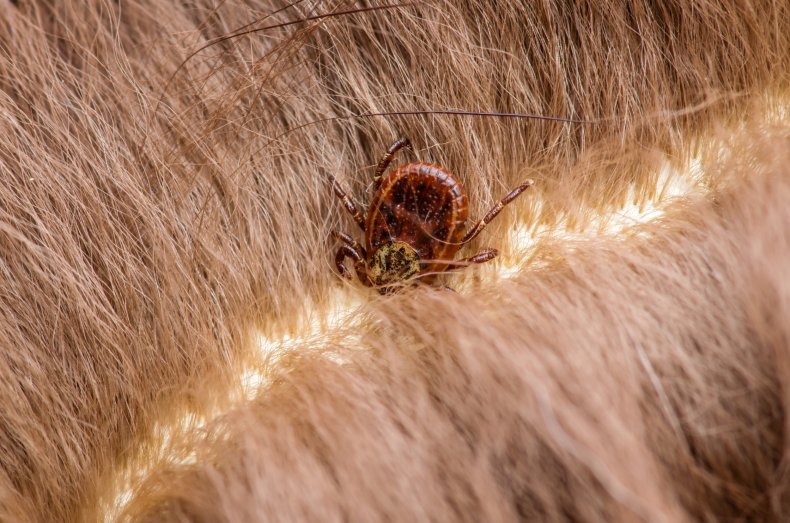A two-year-old girl has died after being bitten by ticks believed to have been living on her family's dog.
The little girl, who lived in the city of Torreón, Mexico, was hospitalized at the local University Children's Hospital after she began experiencing a fever and other symptoms, Mexican news outlet Net Noticias reported.
The girl passed away two days later, and was found by doctors to have been suffering from rickettsiosis, caused by bacteria spread via tick bites.
She likely got bitten by ticks while playing with the dog, authorities said.

The Coahuila Ministry of Health has initiated the fumigation of homes and de-worming of pet dogs and cats in the five blocks surrounding the girl's home, lado.mx reported.
Rickettsiosis is a rare class of bacterial infection caused by a number of bacterial species, including Rickettsia parkeri, which causes Rickettsia parkeri rickettsiosis, and Rickettsia rickettsii, which is the causative agent of Rocky Mountain spotted fever (RMSF). Rickettsia parkeri rickettsiosis is sometimes known as "American tick bite fever" or "American boutonneuse fever."
These bacteria can lead to severe illness in humans, with the symptoms of both Rickettsia parkeri rickettsiosis and RMSF including fever, headache, a rash and aching muscles, the CDC explains. The two infections can be hard to tell apart because of their similar symptoms, but Rickettsia parkeri rickettsiosis often causes eschars (collections of dry, dead tissue within a wound) to form at the bite site, while RMSF does not.

RMSF appears to be deadlier than Rickettsia parkeri rickettsiosis, and can be rapidly fatal if not treated early. Patients can be treated with antibiotics, but without antibiotics, fatality rates range from 20 to 80 percent.
RMSF is often transmitted by the American dog tick, the Rocky Mountain wood tick in the Rocky Mountain states, and the brown dog tick in the Southwestern United States, along the U.S.-Mexico border.
Ticks will cut into the skin of animals and humans, spreading their saliva as they insert their feeding tube to suck out blood, which can also transmit bacteria and other microbes into the bloodstream.

They also carry infections like Bourbon virus, babesiosis, Powassan virus disease and Lyme disease.
To minimize contact with ticks, the CDC advises avoiding areas with long grasses, using a tick repellent and wearing light-colored, long clothing that covers the arms and legs.
"Recreational, occupational and residential habits make it difficult to avoid tick exposure for most people living in endemic areas," Peter Krause, a senior research scientist in epidemiology at Yale School of Public Health and Yale School of Medicine, previously told Newsweek. "Ticks are often present in grassy areas and in leaf litter on personal property and can attach during even brief exposure. Use of repellents is very helpful in preventing tick bites."

Pets should also be examined after coming in from outdoors, and if possible, walked away from longer grasses.
"Tick checks under bright lighting should be performed at the end of each day of exposure," Krause said. "Use of a washcloth or tweezers with special attention to armpit, groin, back and scalp areas may dislodge attached and unattached ticks."
If you find a tick on yourself or a pet, it should be removed as soon as possible.
"A tick should be removed with an ordinary pair of thin-tipped tweezers or forceps," Krause added. "The tick should be grasped by the mouth end and gently pulled straight upward."
Do you have a science story to share with Newsweek? Do you have a question about tick-bourne infections? Let us know via science@newsweek.com.








